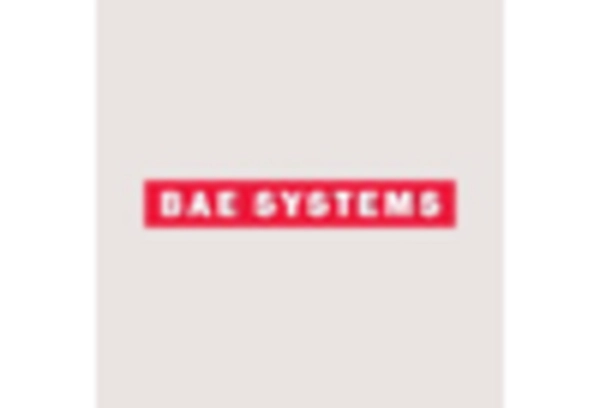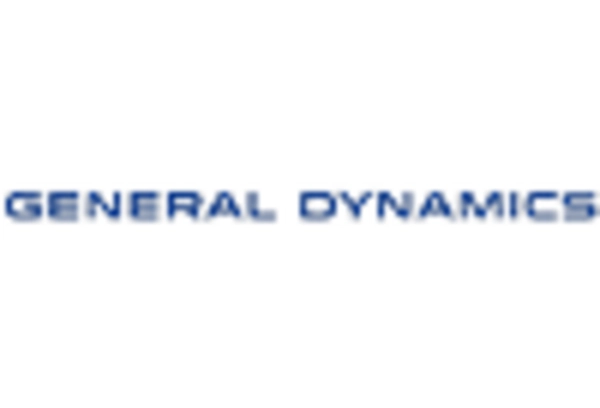Command Control Systems Market Summary
As per MRFR analysis, the Command and Control Systems Market Size was estimated at 51.52 USD Billion in 2024. The Command and Control Systems industry is projected to grow from 54.21 USD Billion in 2025 to 90.28 USD Billion by 2035, exhibiting a compound annual growth rate (CAGR) of 5.23 during the forecast period 2025 - 2035.
Key Market Trends & Highlights
The Command and Control Systems Market is poised for substantial growth driven by technological advancements and increasing defense expenditures.
- North America remains the largest market for Command and Control Systems, driven by robust defense budgets and technological innovation.
- The Asia-Pacific region is emerging as the fastest-growing market, reflecting a surge in military modernization efforts and regional security concerns.
- The Solution segment dominates the market, while the Service segment is experiencing rapid growth due to increasing demand for managed services and support.
- Key market drivers include the integration of advanced technologies and a heightened focus on cybersecurity, which are essential for enhancing operational effectiveness.
Market Size & Forecast
| 2024 Market Size | 51.52 (USD Billion) |
| 2035 Market Size | 90.28 (USD Billion) |
| CAGR (2025 - 2035) | 5.23% |
Major Players
Northrop Grumman (US), Raytheon Technologies (US), Lockheed Martin (US), Thales Group (FR), BAE Systems (GB), General Dynamics (US), Leonardo S.p.A. (IT), Hewlett Packard Enterprise (US), L3Harris Technologies (US)


















Leave a Comment